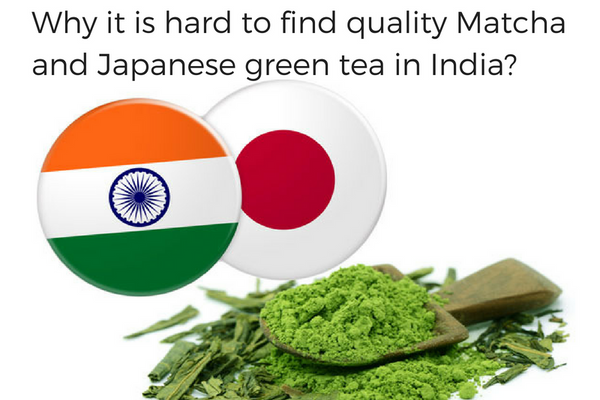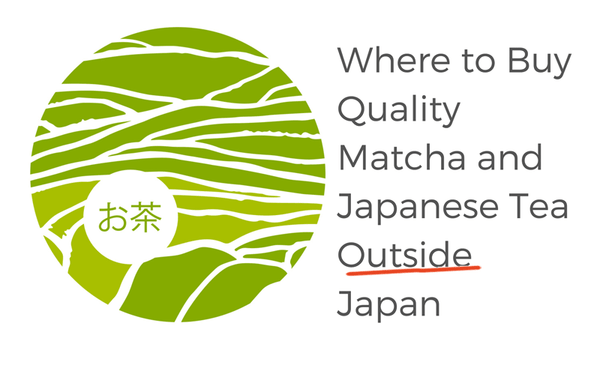
Where to Buy Quality Matcha and Japanese Tea Outside Japan

How to Make Matcha Smoothie - ChaCha's GreenTea Room Video

Tea for Allergies?! What is Benifuki Tea? - ChaCha's GreenTea Room Video

All Tea are the Same?! - ChaCha's GreenTea Room Video

Virtual Japanese Green Tea Tour - What is it?
In this article (and a bit of video), I want to share with you a small segment of the virtual tour. Read on and watch the video of the piece of the actual tour here.

How to Select Japanese Green Tea? - The Expert Advice
Tea presents itself in many ways. Of course, visiting the grocery store you’re likely presented with a variety or different flavors and types. Loose leaf tea or tea bags? What options are available if I want something with less caffeine? Is there an ideal breakfast and morning tea for someone such as myself?
Let’s narrow our search and focus on selecting Japanese green teas based on your needs and what fits in your life. Hope this list helps you navigate the great world of Japanese tea variety!

Everything You Need To Know About Water And Japanese Green Tea

Can I use K-cup to brew green tea?

20 Yummy and Healthy Green Tea Smoothie Recipes - and Everything You Need to Know About Green Tea Smoothie
Green tea comes in a variety of forms such as tea bag, loose leaves, and matcha. Each form has a slightly different taste, giving options for those who enjoy the taste of green tea and the health benefits it provides. There are mainly two ways to make green tea smoothie: Approach 1 - Matcha Green Tea Smoothie, Approach 2 - Loose Leaf Green Tea Smoothie.
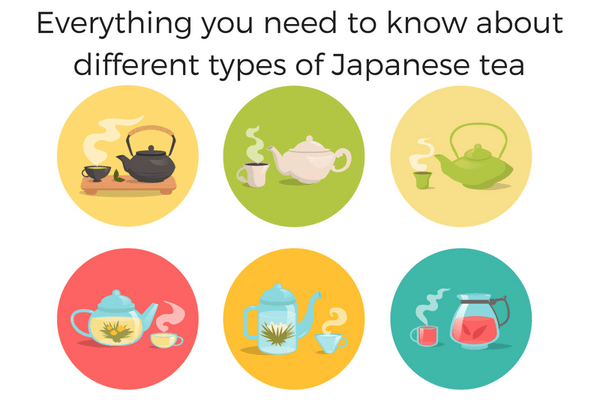
Everything You Need To Know About Different Types of Japanese Tea
The world of Japanese Green Tea is wide and wonderful, but it is sometimes confusing with all the terms used.
There are more than 100 total types of Japanese green tea names being used today. Names can refer to not the only type of tea, but they can also indicate which part of the tea plant is used, what kind of processing method was used, the name of the location where tea is farmed, etc.
Confused? This article explains more than 30 different types of Japanese tea. Bookmark this for your reference!
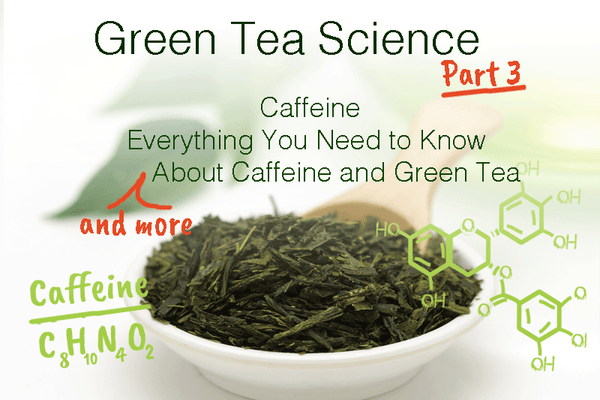
Green Tea Science Part 3: Caffeine - Everything You Need to Know (and more) about Caffeine and Green Tea
This is part 3 of Green Tea Science series. In this article, I will answer 19 commonly asked questions about green tea and its element: Caffeine.
Caffeine is a plant product that acts as a central nervous system stimulant. Caffeine can be found in plants grown in the wild. However, it can also be artificially created in a lab. As a central nervous system stimulant, caffeine affects our brains and our metabolism. It can increase our alertness but can also increase agitation.

How to Make Tasty Green Tea Latte
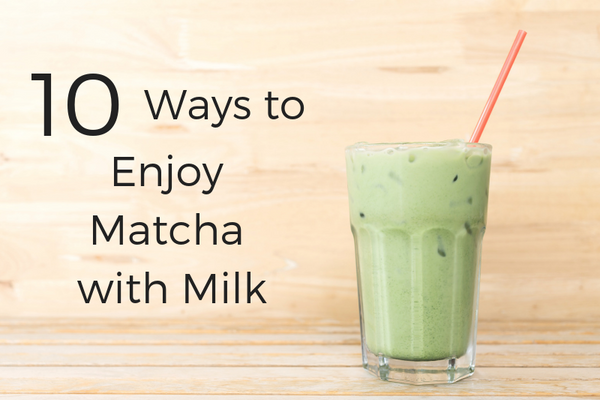
10 Ways to Enjoy Matcha with Milk
We all know the exCan I throw used green tea leaves in garden?
We all know the extensive list of the ways in which green tea benefits our health, but is it also good for plants and flowers in my garden?
Read more to find out more and the science behind the reason.
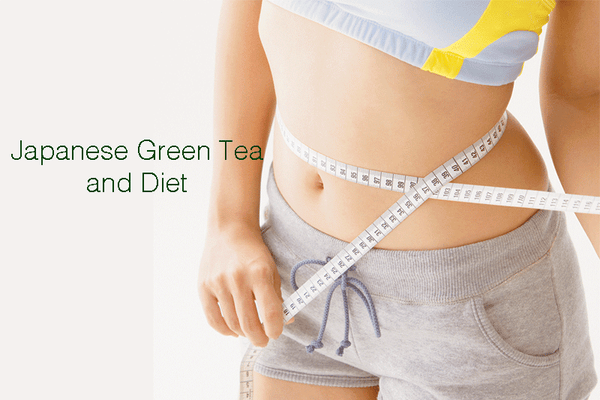
Is Japanese Green Tea Good for Diet?
Is losing weight your healthy lifestyle goal? Japanese green tea may be able to help. Calorie counters can rest easy knowing that a cup of plain green tea contains just 2 calories or less. Apart from being low in calories, green tea contains a metabolism boosting anti-oxidant which blocks the enzyme that breaks down the hormone used by the nervous system to signal fat cells to break down fat. Better still, this is just one of the ways in which green tea can support your healthy weight loss program.
Derived from the Camellia sinensis plant, green tea has been used as medicine for over 5,000 years in places like China and India. In this article we will explorer the true facts and science behind how Japanese Green Tea can help you lose weight, and tips for how you can take most advantage of Japanese Green Tea used for diet purpose...

Science Behind Why Japanese Green Tea is Good for Health
It is no doubt that historically Green Tea has been providing variety of health benefit and is believed to be one of the main reasons why Japanese people live longer and healthier compared to other part of the world. More recent study and researches reveals and confirms the benefit from different angles of science.
In this article, we will go over the science behind why Green Tea provides variety of health benefits. We will go over elements in detail such as L-theanine, Polyphenols, Caffeines and Fluorides...
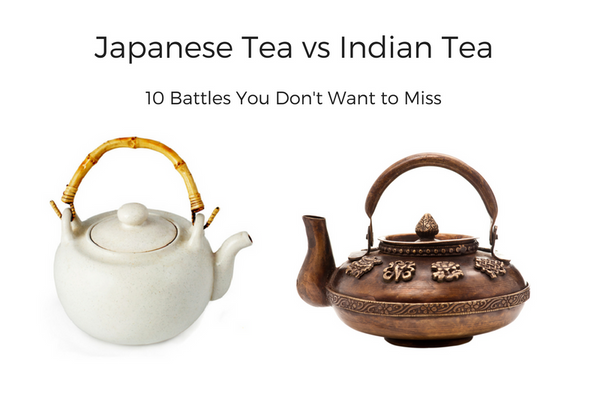
Japanese Tea vs Indian Tea - 10 Battles You Don't Want to Miss
India and Japan both have a love of tea that spans many centuries. The plant, Camellia Sinensis, is popular in both India and Japan and is used to produce most of the tea such as black, green, and white tea.
We will take a look at the many factors that show why tea is such a popular drink in these countries and how well Japanese Tea and Indian Tea will fair in a battle against each other.
